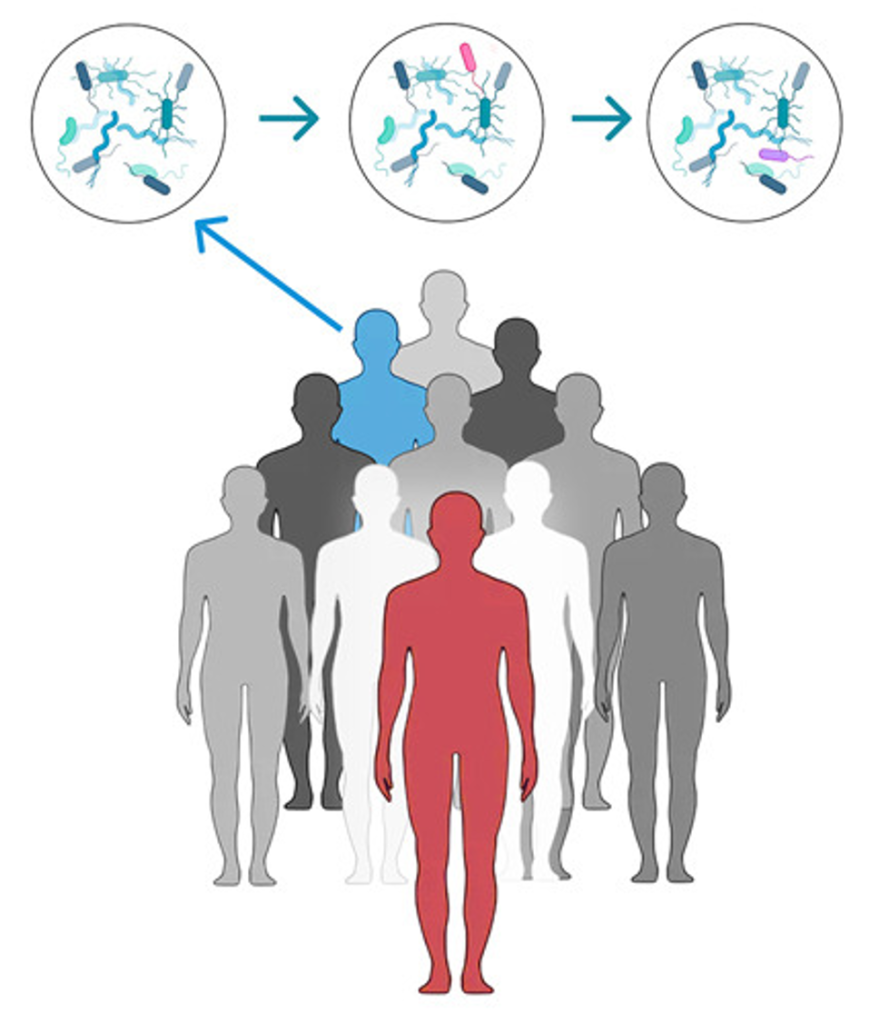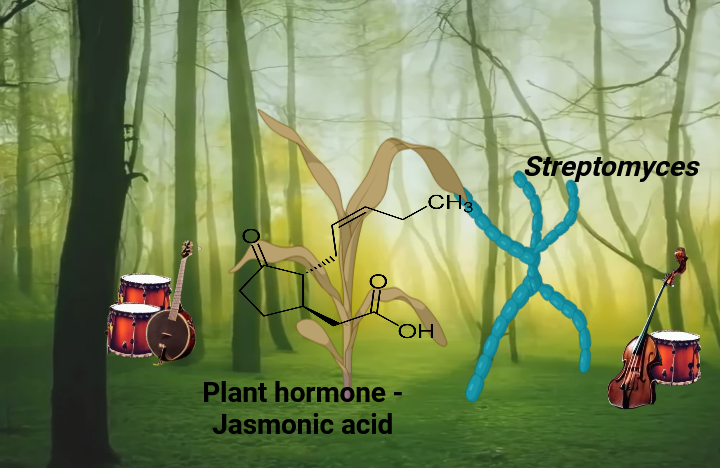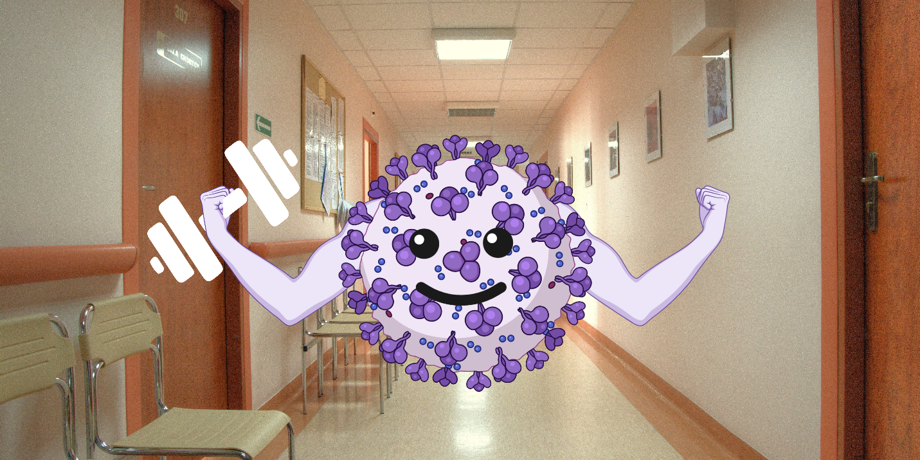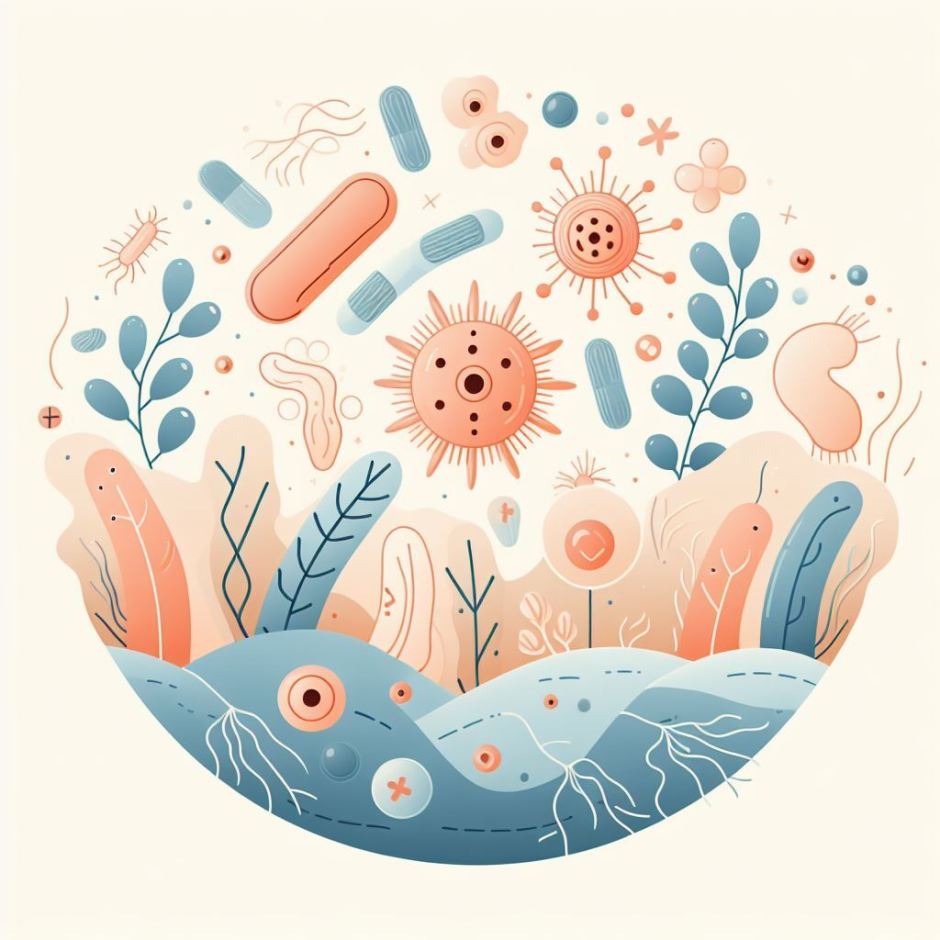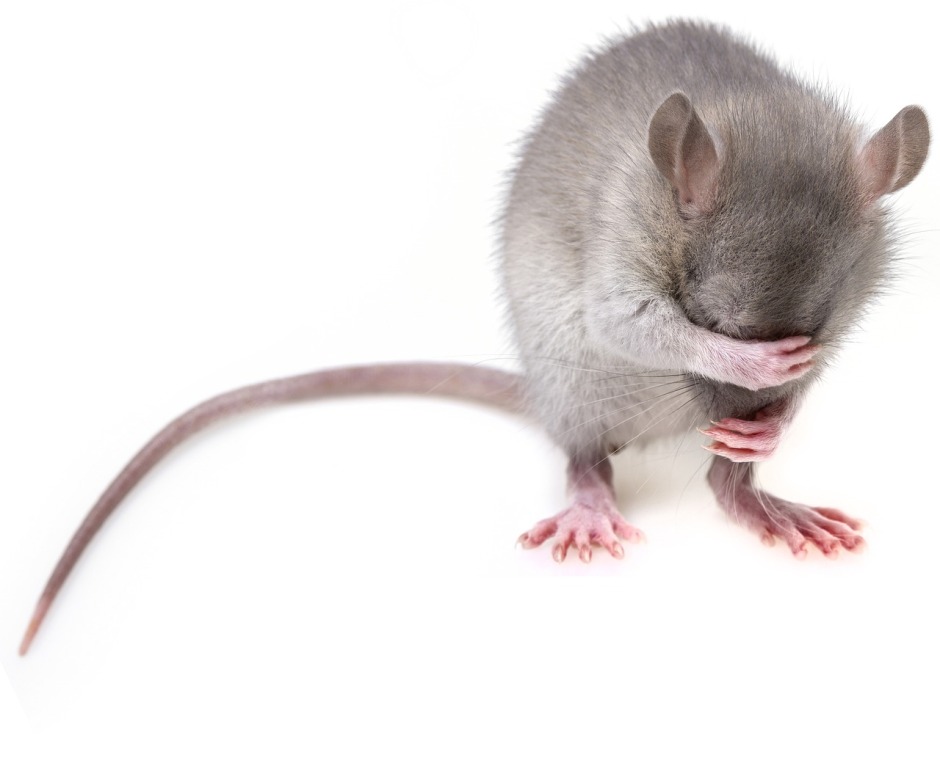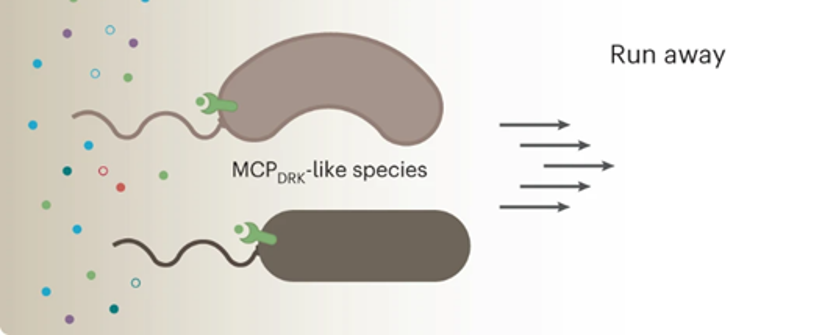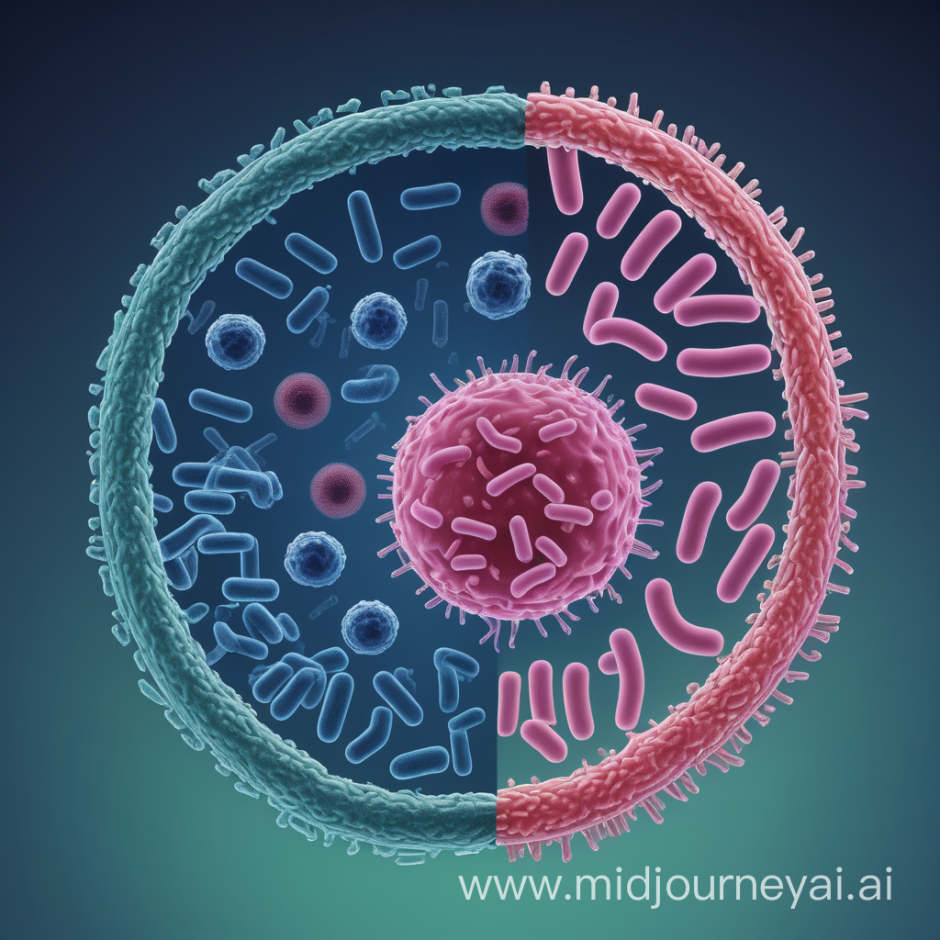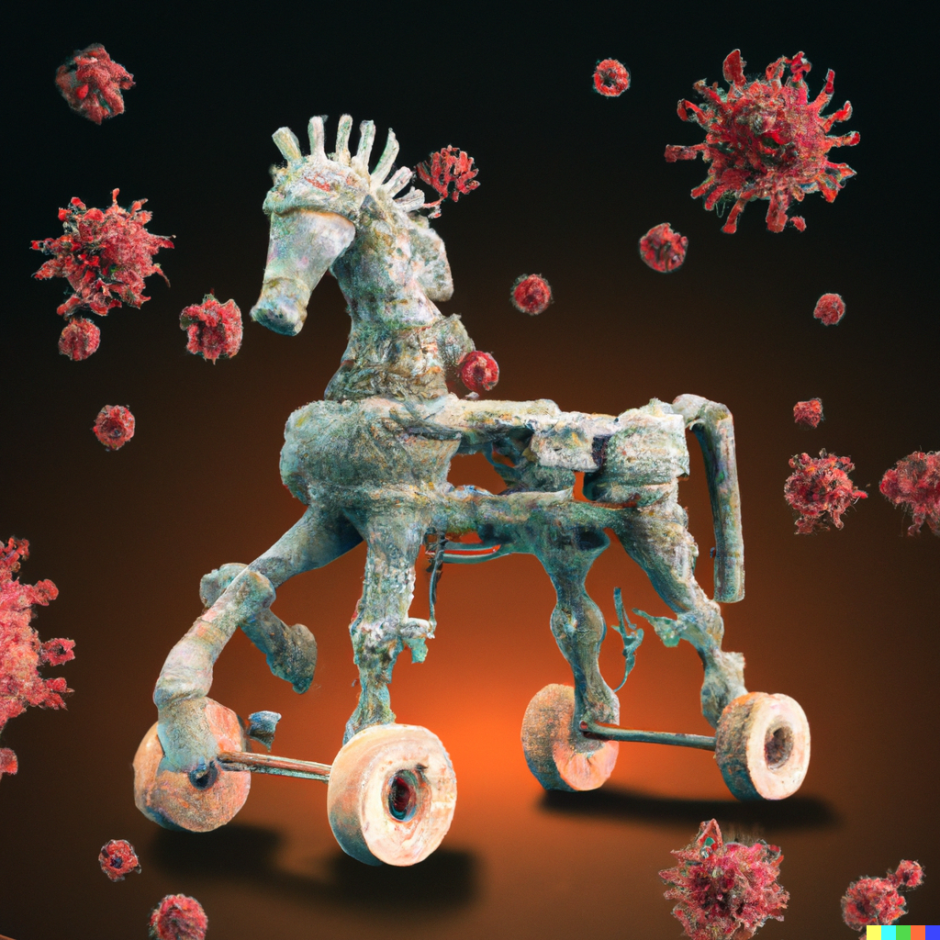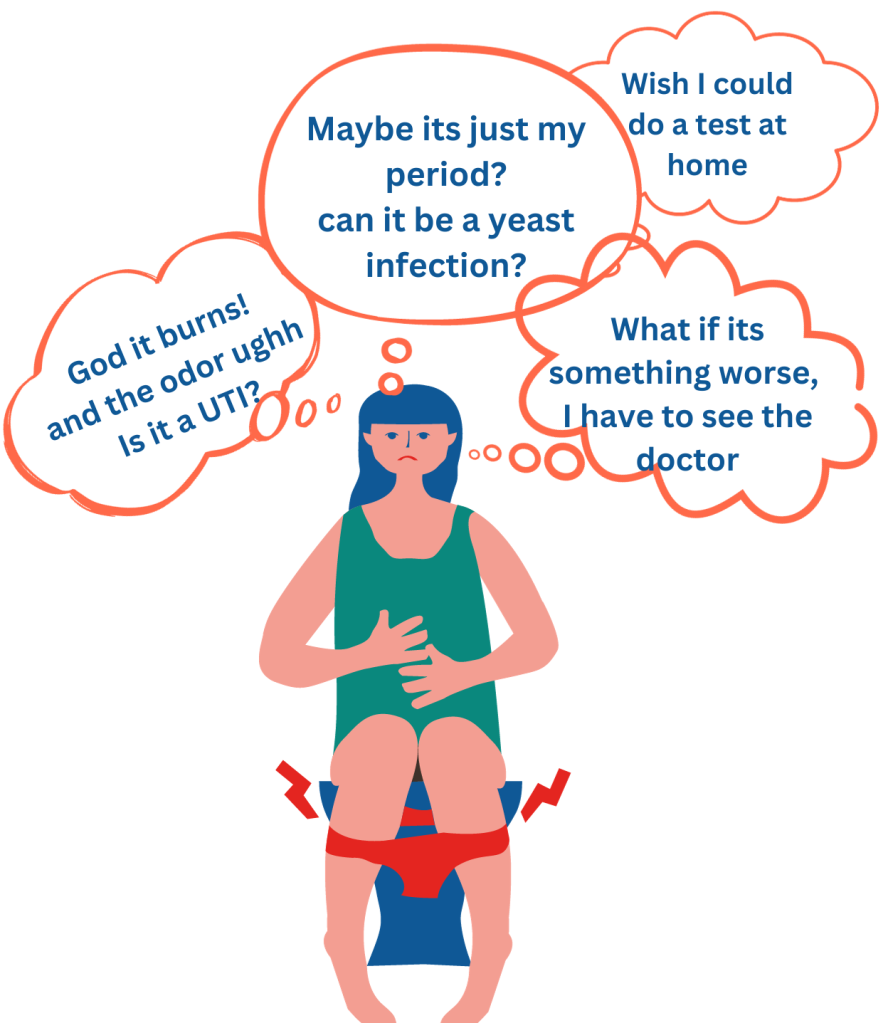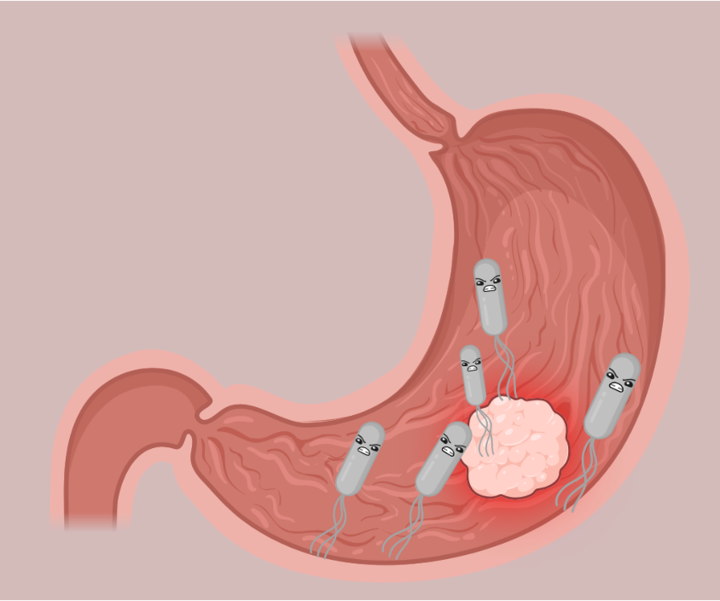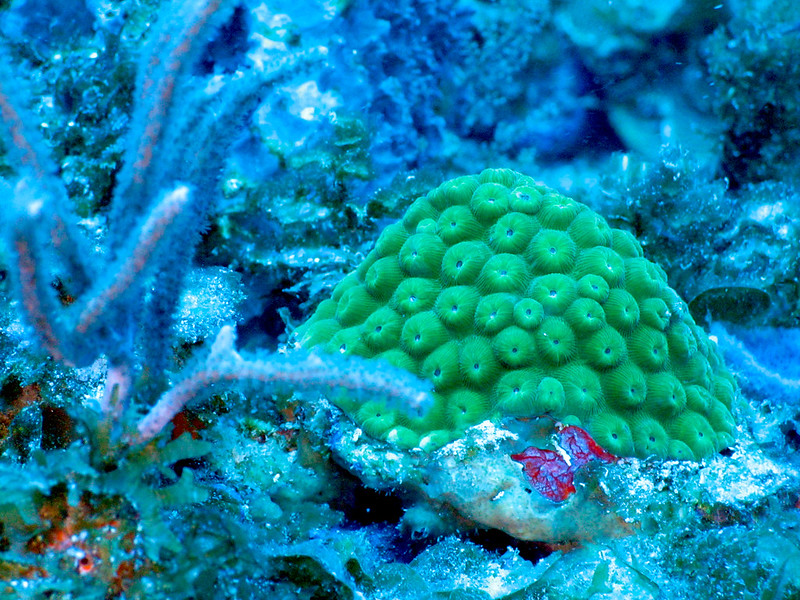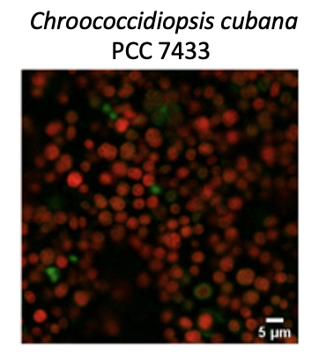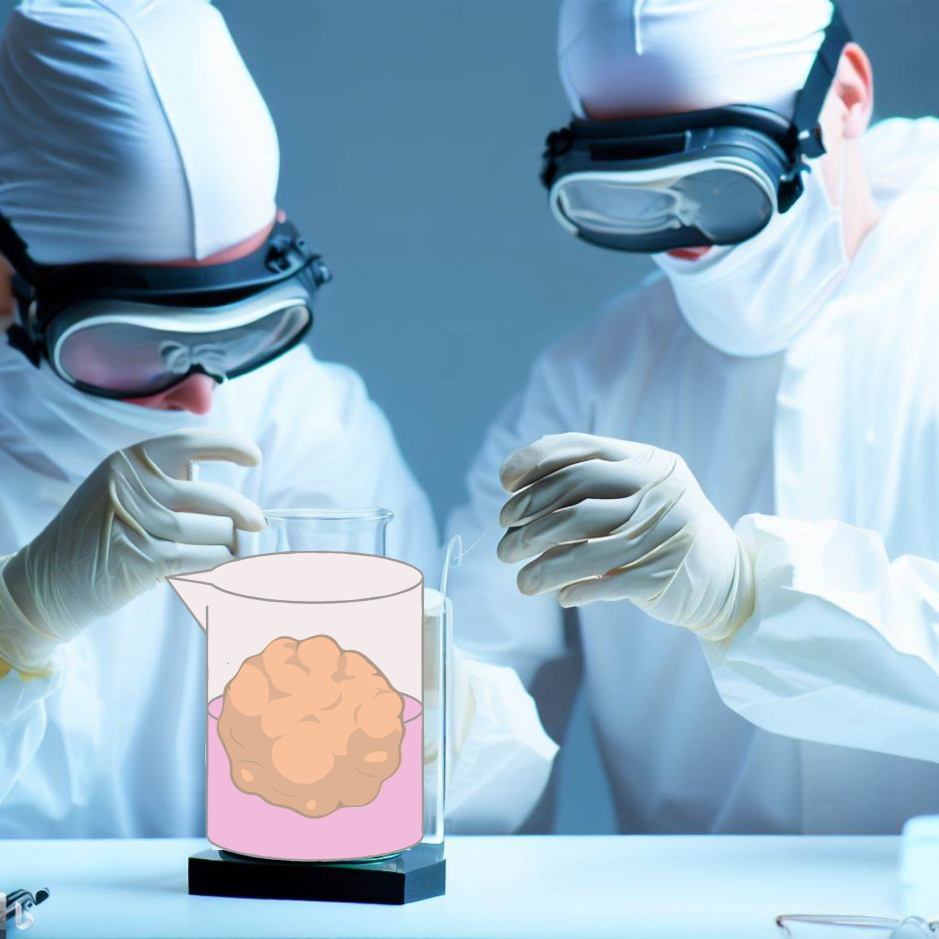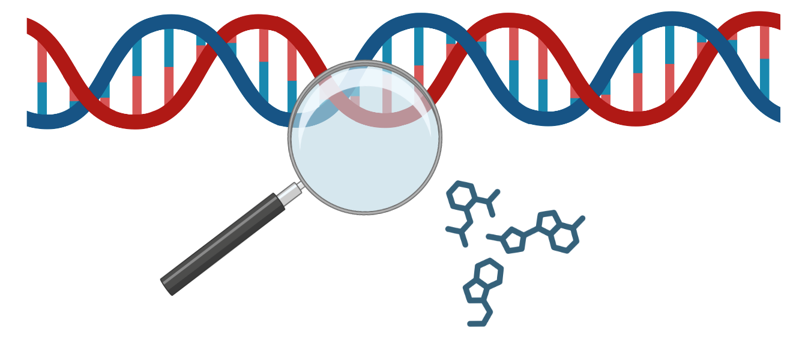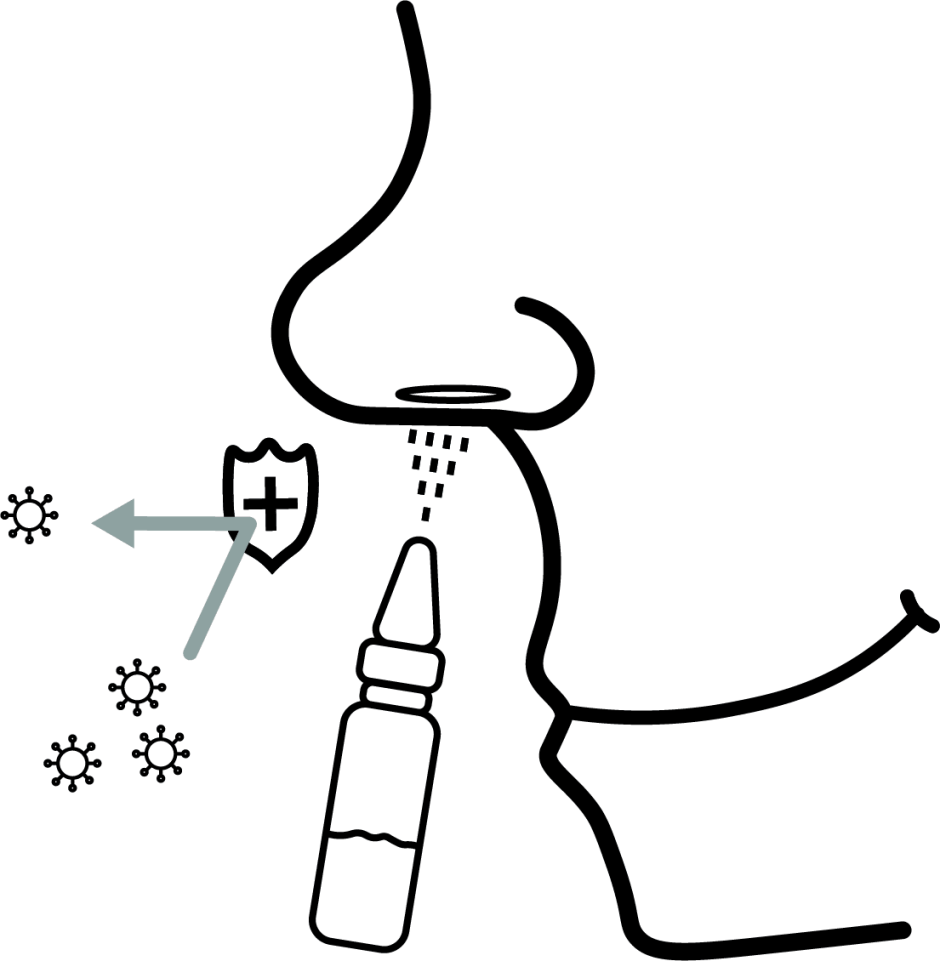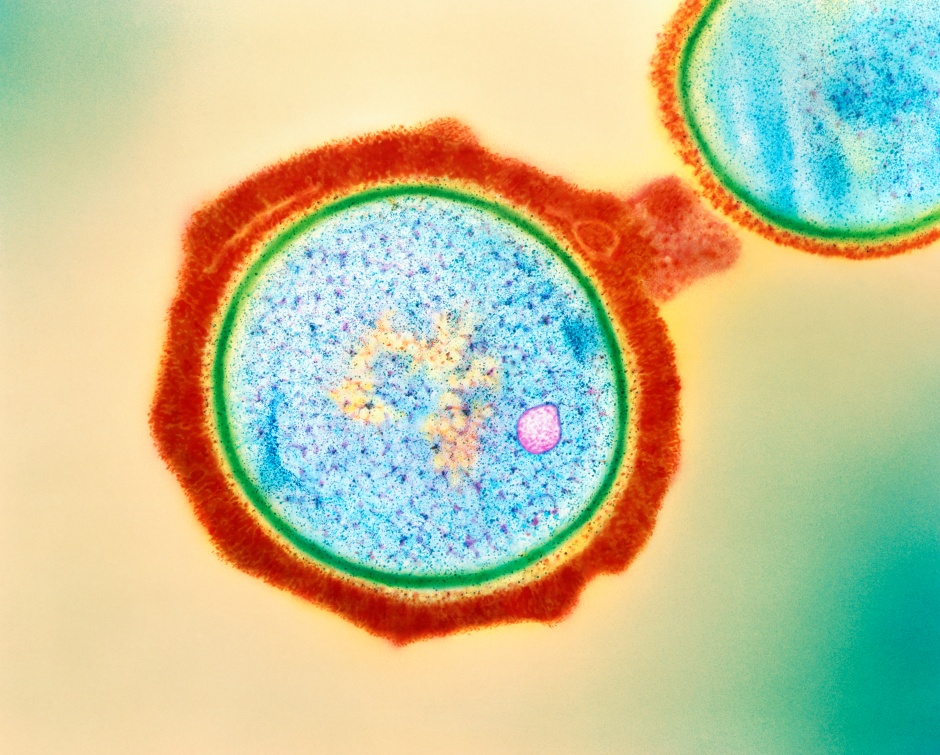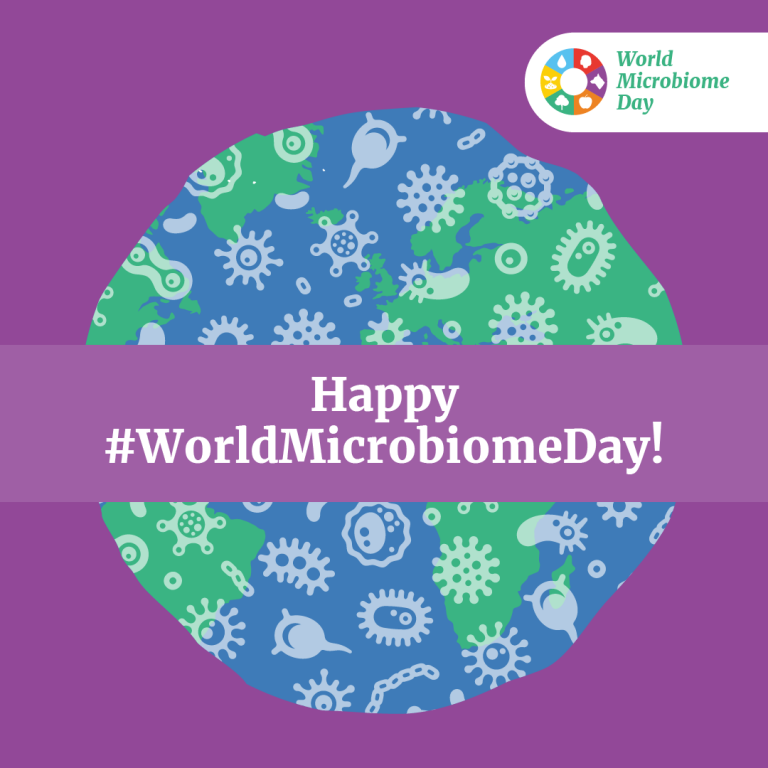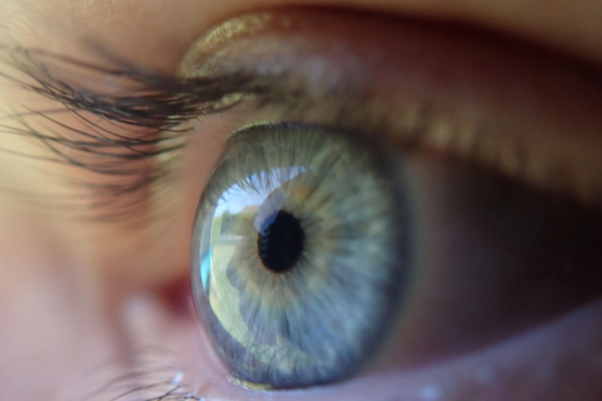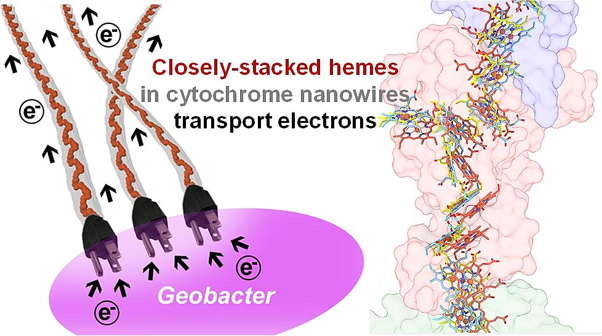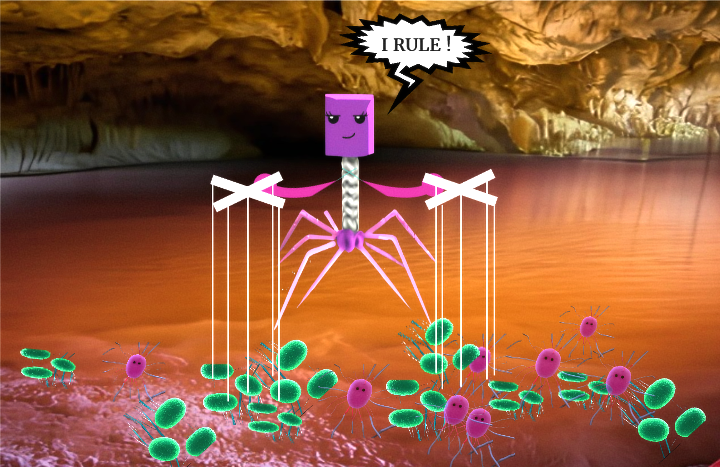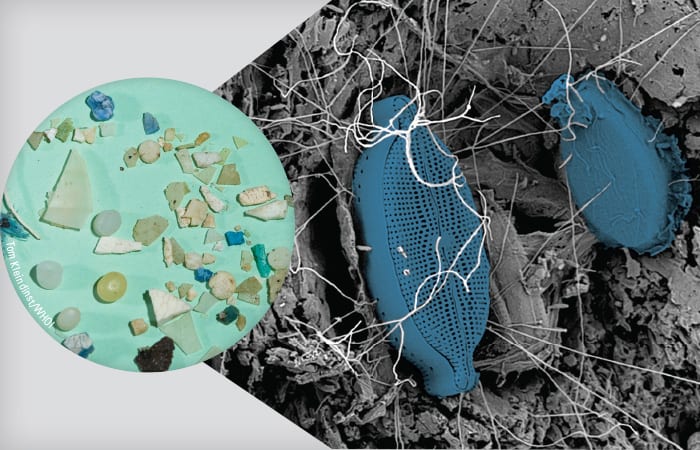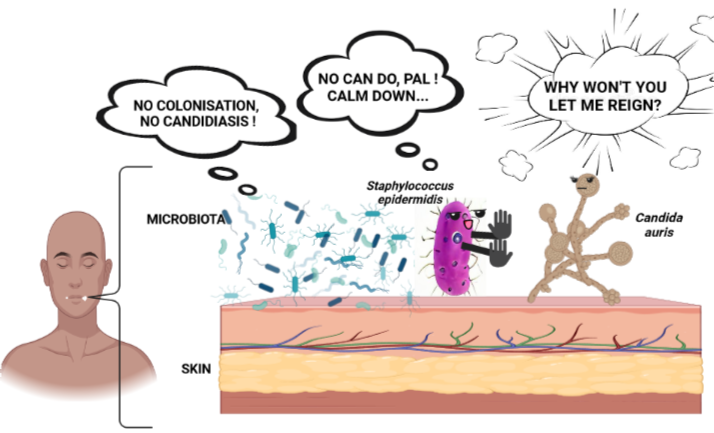
Breaking down the microbiology world one bite at a time
Acne, Antibiotics and Weak Bones
Imagine getting on a roller coaster– the thrill, the rush of blood and the fear. It might be one of the most vivid experiences etched in your memory. But sometimes, this rush is also accompanied by a wave of unwanted and rather embarrassing nausea. This nausea is what acne feels like on an adolescent rollercoaster. These tiny defiant spots caused by the plugging of hair follicles by dead skin and sebum (an oily substance that protects the skin from drying) are the dermal synonyms for a nightmare.
Acne is a common skin condition that afflicts about 85% of adolescents and young adults. When topical treatments don’t work, antibiotics are prescribed to clear up the skin. About 40% of these patients are administered minocycline. Minocycline is a tetracycline-based antibiotic used to treat bacterial infections in various body parts. Minocycline reduces inflammation and redness, thus downregulating the effects of acne. The mean duration of this particular antibiotic therapy ranges from 4 to 11 months.
A recent study published in the Journal of Clinical Investigation (JCI) states that the sustained use of these antibiotics is harmful to the gut microbiome. The gut microbiome is a group of microbes colonizing the gut. A few familiar examples of gut bacteria include Helicobacter pylori, E.coli and Lactobacillus. The interactions between the host and these microbes influence the development and homeostasis of host tissues, both locally in the gut and at distant extra-gastrointestinal sites (sites away from the gut). The gut bacteria help in digestion, and regulation of the immune system, confer protection against other disease-causing bacteria, produce vitamins like vitamin B12, riboflavin etc., and also regulate the actions of bone cells.
Antibiotics cause changes in the indigenous gut bacteria, resulting in an imbalance in the gut microbiome. This condition is referred to as dysbiosis. The gut microbiota’s resiliency to recover from antibiotic-induced dysbiosis is impaired by antibiotic administration during critical developmental windows (such as adolescence) and extensive courses of antibiotic therapy. Scientific studies demonstrate that about 40-50% of the total bone mass accrual (increase in bone mass) happens during adolescence.
HOW THE GUT MICROBIOME AFFECTS THE BONE HEALTH:
To understand the link between the gut microbiome and bone health, we first need to understand their mutual friend: the bile acids. Bile acids are molecules synthesised by the liver. They are responsible for the absorption of fat molecules and fat-soluble vitamins such as vitamin D, a critical component of bone formation and calcium absorption.
And guess who is running this whole fat solubilization cartel?? It is our very own bile; meaning that any imbalance in the bile acid levels in the body leads to problems with the absorption of vitamin D. Now that we know how the bile acids are related to bone health, let us understand how they interact with the gut microbiome.
Normally, the gut microbiota in the intestine converts primary bile acids- produced in the liver, to secondary bile acids. The bile acid homeostasis (equilibrium) in the overall body is governed by a gut-liver endocrine axis (a communication network linking the enteric, hepatic, and central nervous systems) called FXR- FGF 15. Disruptions in the working of this axis lead to an imbalance in the circulating bile acid levels in the body.
In addition, the bile acids also influence surface-intestinal receptors such as FXR (farnesoid X receptor) by activating or deactivating them. Activating FXR produces the hormone FGF19 which acts as a signalling molecule. With the help of hepatocyte-fibroblast growth factor receptor 4 (FGFR4), FGF19 suppresses the synthesis of bile acids from the liver and maintains healthy bile acid levels across the body.
Therefore, changes in the composition of gut bacterial communities upon administering antibiotics to treat acne, alter intestinal microbial biotransformation of bile acids, and as explained above impact the skeletal system via vitamin D absorption (Figure 1).
STUDY DESIGN:
An experiment was conducted on male and female test mice to study the effects of minocycline on the gut microbiome. Mice reach puberty at around 5 to 6 weeks and bone development is complete in 12 weeks. In the study, both genders were administered minocycline from the age of 6 to 12 weeks.
The male mice were euthanized at 12 weeks, to determine whether the effects of minocycline on skeletal maturation depend on the gut microbiota.
The female mice were euthanized at ages 12 and 18 weeks, to evaluate sex differences and the effects of immediate and sustained antibiotic treatment.
KEY TAKEAWAYS FROM THESE EXPERIMENTS:
The diversity of the gut microbiome was reduced by 60% post-minocycline administration. These changes however were sex-dependent, with females showing upregulation of certain bacterial species while the suppression of some others. In males, however, no increase in the number of any bacterial species was observed. These changes were attributed to the differences in the sex hormones in the two genders.
FGF 19 associated with the maintenance of bone mineral density was found in low levels in female test mice. It was deduced that low levels of FGF 19 can negatively affect the bones.
Finally, minocycline therapy was shown to promote the formation of osteoclasts which are the bone-degrading cells, all the while suppressing the formation of osteoblasts which are the bone-synthesizing cells.
Link to the original post: Matthew D. Carson, Amy J. Warner, Jessica D. Hathaway-Schrader, Vincenza L. Geiser, Joseph D. Kim, Joy E. Gerasco, William D. Hill, John J. Lemasters, Alexander V. Alekseyenko, Yongren Wu, Hai Yao, Jose I. Aguirre, Caroline Westwater, Chad M. Novince. Minocycline-induced disruption of the intestinal FXR-FGF15 axis impairs osteogenesis in mice. JCI Insight, 2022; DOI: 10.1172/jci.insight.160578
Featured image: https://www.craiyon.com/


